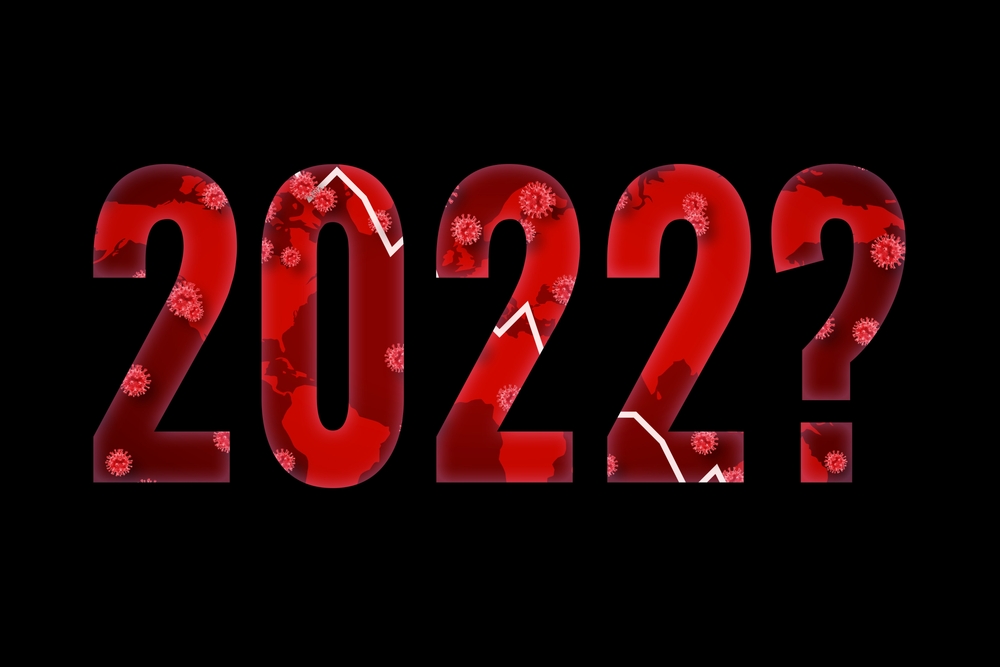#economy #recession #GDP #NBER
“A variety of economic theories have been developed to explain how and why recessions occur”–Paul Ebeling
The Big A: A recession is a macroeconomic term that refers to a significant decline in general economic activity in a designated region. It had been typically recognized as 2 consecutive quarters of economic decline, as reflected by GDP in conjunction with monthly indicators such as a rise in unemployment.
But, the National Bureau of Economic Research (NBER), which officially declares recessions, says the 2 consecutive quarters of decline in real GDP are not how it is defined anymore. The NBER defines a recession as a significant decline in economic activity spread across the economy, lasting more than a few months, normally visible in real GDP, real income, employment, industrial production, and wholesale-retail sales.
Recessions are visible in industrial production, employment, real income, and wholesale-retail trade. The working definition of a recession is 2 consecutive quarters of negative economic growth as measured by a country’s gross domestic product (GDP), although the National Bureau of Economic Research (NBER) does not necessarily need to see this occur to call a recession, and uses more frequently reported monthly data to make its decision, so quarterly declines in GDP do not always align with the decision to declare a recession.
Since the Industrial Revolution, the long-term macroeconomic trend in most countries has been economic growth. Along with this long-term growth, however, have been short-term fluctuations when major macroeconomic indicators have shown slowdowns or even outright declining performance, over time frames of 6 months up to several years, before returning to their long-term growth trend. These short-term declines are known as recessions.
Recession is a normal part of the business cycle. Recessions are characterized by a rash of business failures and often bank failures, slow or negative growth in production, and elevated unemployment. The economic pain caused by recessions, though temporary, can have major effects that alter an economy. This can occur due to structural shifts in the economy as vulnerable or obsolete firms, industries, or technologies fail and are swept away; dramatic policy responses by government and monetary authorities, which can literally rewrite the rules for businesses; or social and political upheaval resulting from widespread unemployment and economic distress.
For investors, one of the best strategies to have during a recession is to invest in companies with low debt, good cash flow, and strong balance sheets. Conversely, avoid companies that are highly leveraged, cyclical, or speculative.
Psychology-based theories of recession tend to look at the excessive exuberance of the preceding boom time or the deep pessimism of the recessionary environment as explaining why recessions can occur and even persist.
Keynesian economics falls squarely in this category, as it points out that once a recession begins, for whatever reason, the pessimism of investors can become a self-fulfilling prophecy of curtailed investment spending based on market pessimism, which then leads to decreased incomes that decrease consumption spending.
Minskyite theories look for the cause of recessions in the speculative euphoria of financial markets and the formation of financial bubbles based on debt which inevitably burst, combining psychological and financial factors.
According to the NBER, there have been 34 recessions in the United States since Y 1854 up to the most recent recession in Y 2020.
Note: A depression is a deep and long-lasting recession. While no specific criteria exist to declare a depression, unique features of the Great Depression included a decline of 33% in the quantity of goods and services produced in the United States, an 80% loss of value in the stock market, and an unemployment rate that briefly touched 25%. Simply, a depression is a severe decline that lasts for many years.
Have a prosperous week, Keep the Faith!









